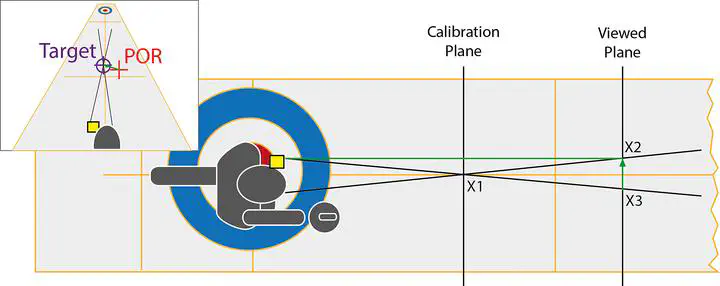
Abstract
A depth compensation model is presented as a novel approach to reduce the effects of parallax error for head-mounted eye trackers. The method can reduce the parallax error when the distance between the user and the target is prior known. The model is geometrically presented and its performance is tested in a totally controlled environment with aim to check the influences of eye tracker parameters and ocular biometric parameters on its behavior. We also present a gaze estimation method based on epipolar geometry for binocular eye tracking setups. The depth compensation model has shown very promising to the field of eye tracking. It can reduce 10 times less the influence of parallax error in multiple depth planes.
Type
Publication
In 2015 IEEE International Conference on Computer Vision Workshop